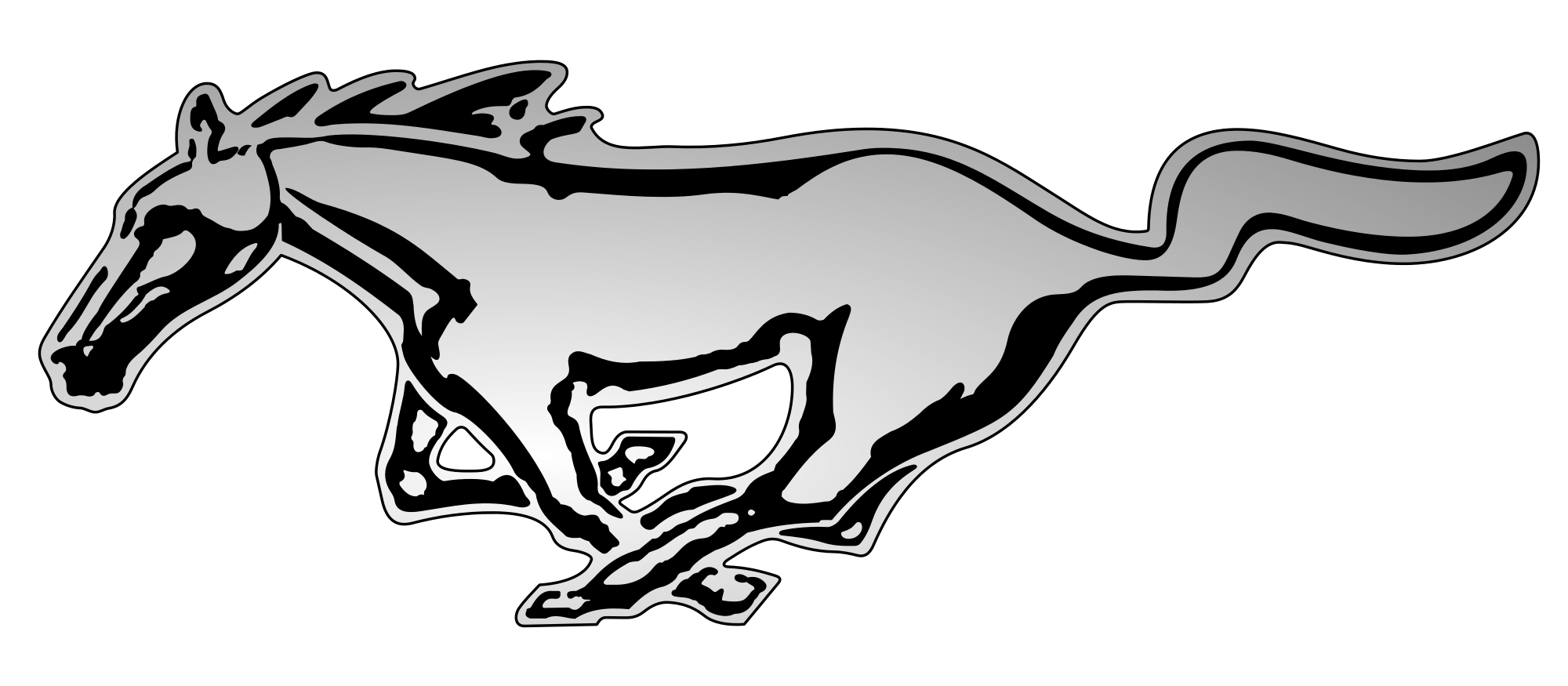 |
1967 Mustang
|
Click on an image below to enlarge



















The 1967 model year Mustang
was the first redesign of the original model. Ford's designers began
drawing up a larger version even as the original was achieving sales
success, and while "Iacocca later complained about the Mustang's
growth, he did oversee the redesign for 1967 ."
The major mechanical feature was to allow the installation of a
big-block V8 engine. The overall size, interior and cargo space were
increased. Exterior trim changes included concave taillights and
side scoop ornamentation, square rear-view mirrors, and usual
yearly wheel and gas cap changes.
The high-performance 289
option was placed behind the newer 335 hp (250 kW; 340 PS) 390 cu in
(6.4 L) FE engine from the Ford Thunderbird, which was equipped with
a four-barrel carburetor.
The 1967 Deluxe Interior was
revised, discontinuing the embossed running horse motif on the seat
backs (the source for the "pony interior" nickname) in favor of a
new deluxe interior package, which included special color options,
brushed aluminum (from August 1966 production) or woodgrain dash
trim, seat buttons, and special door panels. The hardtop also
included upholstered quarter trim panels, a carryover from the
1965-66 deluxe interior. The 1967 hardtop also had the chrome
quarter trim caps, carried over from 1965-66. The 1967 deluxe
interior included stainless steel-trimmed seat back shells, similar
to those in the Thunderbird. These were dropped at the end of the
1967 model year. The deluxe steering wheel, which had been included
in the deluxe interior for the 1965-66, became optional, and could
also be ordered with the standard interior.
1967 Shelby G.T. 350 and the new G.T. 500
For 1967, the G.T. 350 carried over the K-Code high performance 289
with a 'COBRA' aluminum hi-rise.
The G.T. 500 was added to the
lineup, equipped with a "Ford Cobra" V8 (FE Series 428 cu.in.)
engine with two 600 CFM Holly four-barrel carburetors sitting atop a
mid-rise Aluminum intake manifold.
Documented plans to introduce a convertible mid-production year were
shelved due to supply, production and financial problems that
happened as soon as the first cars started to arrive at Shelby's Los
Angeles facility in September. By October 1966, Ford took control
over engineering and purchasing.
A.O. Smith Company was tapped
to fix the fiberglass fitment and quality problems. Six months
later, in May 1967, the decision was made to terminate the
California-based Shelby operation. On August 18, 1967, a small
staff, along with the remaining engineering cars, were sent to
Ionia,Michigan. The small staff of the newly formed Shelby
Automotive, Inc. had substantially less involvement after this time.
Notable cars for 1967 include:
0100, the first G.T. 500 built.
0131, the only Shelby G.T. coupe built ("Little Red'), which was the
precursor to the '68 California Special
0139, the only Shelby GT 500 convertible built (in 1967) Note: cars
0100, 0131 and 0139 were the first big block Shelby G.T. cars
ordered and built.
One 1967 Fastback was updated with a G.T. 500 equipped with a 427 FE
GT40 racing engine producing 650 horsepower, and was known as the
"Super Snake". The car was capable of speeds over 150 mph; hitting
170 mph during a demonstration (by Shelby himself) of Goodyear's
Thunderbolt tires. No cars other than the prototype were built due
to limited interest.
 The car sold at Mecum's 2013
Indianapolis auction for $1.3 million.
|